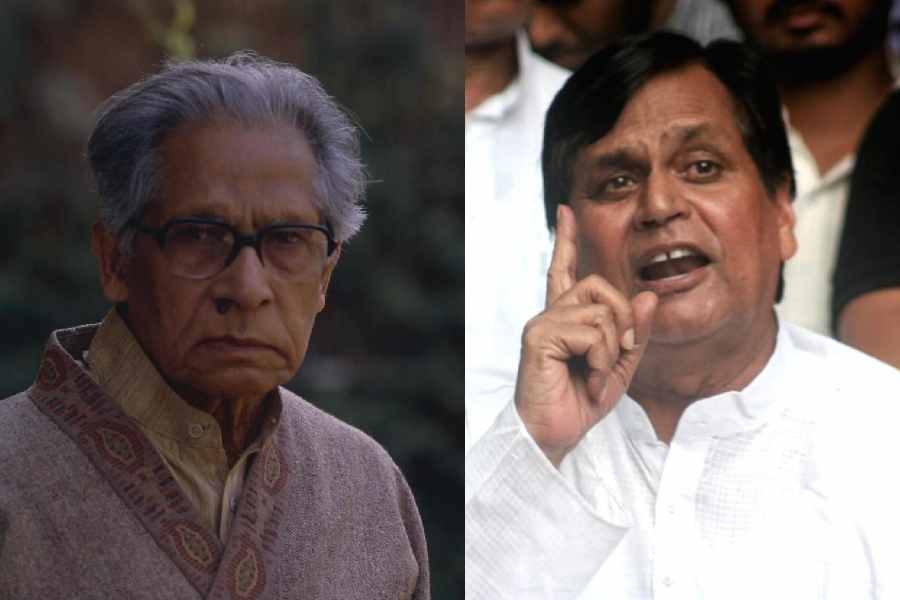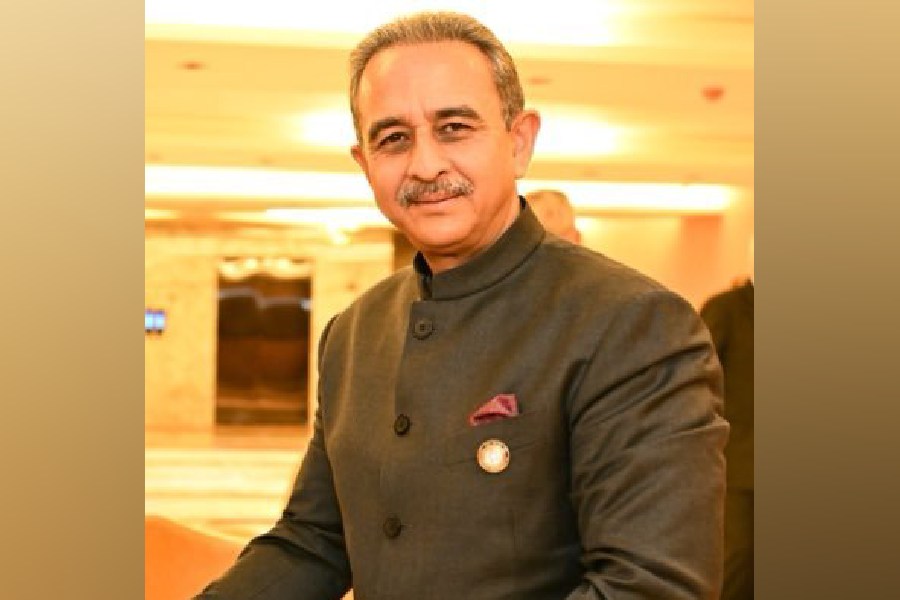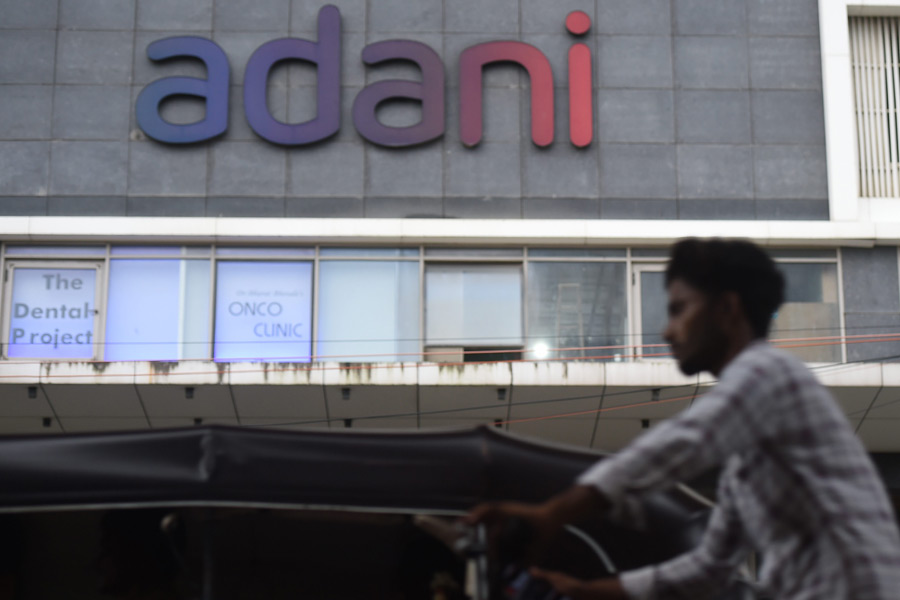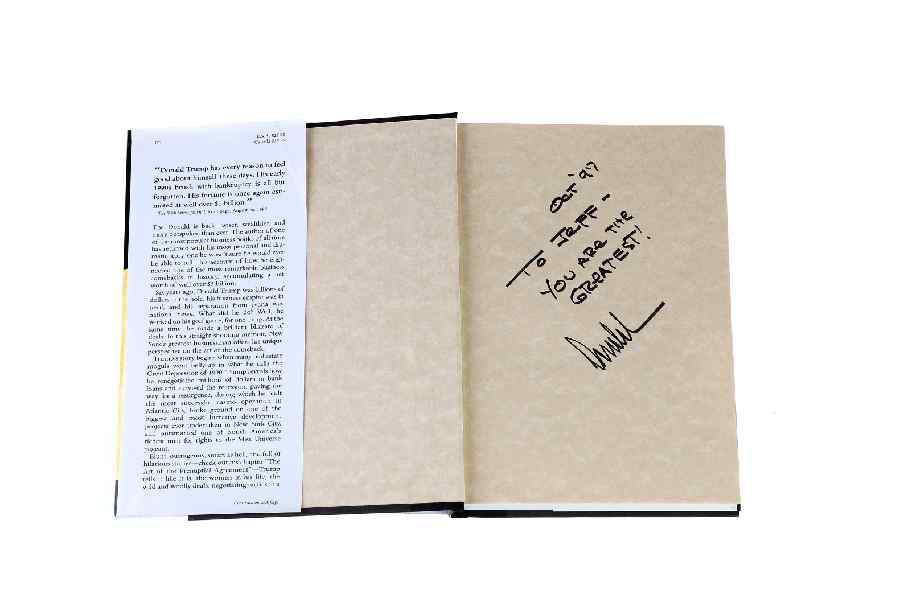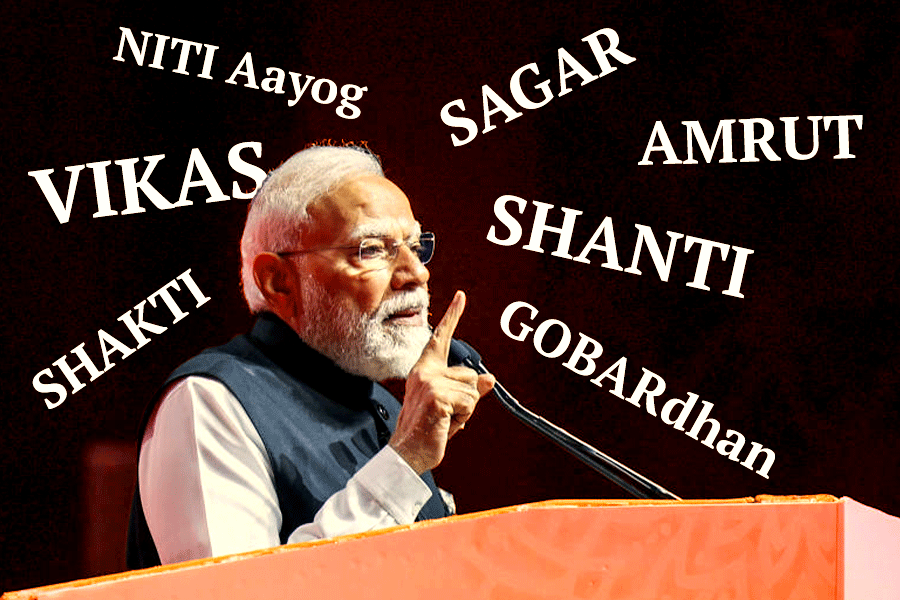The recent remark by the chief minister of Uttar Pradesh, Yogi Adityanath, on Urdu has given a new lease of life to the old and almost outdated Urdu-Hindi debate. Disapproving the dubious attitude of the Samajwadi Party members on the language issue, Adityanath argued that teaching Urdu would reduce the employment prospect of a child and, at the same time, encourage a separatist mindset. This statement, as expected, was criticised by a section of commentators and political figures claiming that Urdu’s rich cultural-linguistic contribution could not be underestimated. Urdu, it has been strongly asserted, is an Indian language, which should not merely be seen as a language of Muslims.
This short-lived debate could not produce any new set of claims or counter-claims. Adityanath’s statement stems from the old Hindu nationalist position, which recognises Urdu as a Muslim language to reclaim Hindi’s status as India’s truly national language. On the other hand, the supporters of Urdu seem to rely entirely on an old Nehruvian argument that Urdu cannot be treated as an alien language. This over-reliance on established positions and arguments underlines the fact that the so-called Urdu-Hindi debate has always been highly elitist, superficial and shallow.
It is important to remember that the Urdu-Hindi conflict is one of the most bizarre language debates in the world. The grammatical structure, basic vocabulary, and modes of expression are almost identical in both the languages. In fact, it is impossible to identify a pure Hindi or Urdu speaker in the region, which is popularly called the ‘Hindi belt’. Yet, the Urdu-Hindi controversy not merely survived but also contributed powerfully to the political processes that led to the partitioning of the subcontinent.
The fascination of Hindu and Muslim elites for the European nation-state model as a political ideal intensified the Urdu-Hindi debate in colonial India. Deeply communal configurations — ‘Hindi-Hindu-Hindustan’ and ‘Urdu-Muslim-Pakistan’ — were proposed to define the cultural and the political interests of religious communities. However, there was another, and perhaps the more popular, stream of nationalism that tried to produce a non-communal and harmonised version of national identity. Both M.K. Gandhi and Jawaharlal Nehru, for instance, argued powerfully in favour of Hindustani to get rid of the imposed communal imagination of Urdu and Hindi as separate languages.
The Partition of British India on a religious basis further complicated the debate. Pakistan emerged as a South Asian version of an European nation-state while India, under the leadership of Nehru, decided to accept the principle of unity in diversity to create a distinctive, modern State model. This was not a simple task, especially in relation to the language question. There was a lot of pressure to accept Hindi not merely as the official language but also to make it highly Sanskritised. On the other hand, the protection of the Urdu language and its script was linked to the discourse on minority rights. As a result, a new version of the Urdu-Hindi debate began to take shape in the mid-1950s.
Harivansh Rai Bachchan, one of the most popular Hindi poets, is a good example to highlight the ambiguities and the limitations of the Urdu-Hindi conflict. Bachchan, unlike other poets of his time (especially those who belonged to the poetic tradition known as Chhayavad), was very liberal in using Urdu words in his poetic reflections. In his autobiography, Dashdwar Se Sopan Tak, he argues: “My belief for ideal Hindi is that it should have Persian and Sanskrit influence; and at the same time, it should be completely free from the pressure of Persian and Sanskrit... A successful Hindi author must have adequate knowledge of Urdu and Sanskrit. I also have a similar expectation from Hindi readers.” (My translation from original Hindi.) In a way, this powerful statement underlines the significance of an evolved common language used in the northern states which Gandhi called Hindustani.
However, we encounter a very different Bachchan when he speaks as the Hindi Officer appointed by Nehru in the ministry of external affairs. In the same book, he writes, “… In the course of its development… Urdu has moved so far away from Hindi… Muslims considered Urdu as their language. The Arab region from where Muslims brought their religion and the Persia world from they took their culture, are deeply settled in the atmosphere of Urdu. They have taken very little from Indian culture… I just want to say that Hindi and Urdu have evolved as separate languages.” (My translation from original Hindi.)
Two crucial observations can be made here. First, Bachchan as a poet understands the everydayness of language and its ever-expanding social-cultural universe. He is fully aware of the fact that Hindi poetry and, for that matter, any form of communication can only become effective and powerful if — and only if — it is expressed in a language of the people. Religion and culture, in this case, are separated intentionally to make space for linguistic inclusiveness. Secondly, and rather paradoxically, when it comes to the official recognition of Urdu, Bachchan takes refuge in the established political template of Muslim separatism. Highlighting the intrinsic difference between Hindi and Urdu, he goes a step further to blame Muslims for their adherence to Islam and what he calls ‘Persianate culture’. This line of argument goes well with Bachchan’s version of popular Hindi and his celebration of Hindu tolerance.
Bachchan’s elitist dilemma is a classic example of the Urdu-Hindi debate. The people at the bottom level of society, however, did not find these imposed linguistic contradictions valuable. The success of Hindi commercial cinema in popularising people’s Hindi has been remarkable. Hindi films reach out to a wider public in a language which they cherish. This was also true about politics, especially in North India. The former Rajya Sabha MP, Ali Anwar Ansari, who coined the term, ‘Pasmanda Muslims’, to describe socially backward Muslim communities, is a perfect example. Ansari wrote his books, Masawat ki Jung, and Sampoorn Dalit Andolan in a Hindi which Bachchan would have envisaged as “ideal Hindi”. However, unlike Bachchan’s expectations, Ansari does not give up Urdu either. He is equally critical of Hindu-Muslim elites for transforming language into a communal question. These subaltern assertions confirm that Hindustani has finally defeated the elitist Urdu-Hindu debate.
Hilal Ahmed is Associate Professor, CSDS, New Delhi

